A Whale of a Journey: Eco-Tourism Along Dominican Republic’s North Shore

I had already gotten a full dose of the natural beauty and adventure along the North Coast of the Dominican Republic. Over the course of five days, I made my stop in Cabarete, the Windsurfing Capital of the Caribbean where constant wind and wave off the Atlantic side of the island pushed and pulled an endless parade of windsurfers and kiteboarders. I had ridden on horseback up Sierra Samaná to reach the 130-foot El Limón Waterfall and cool off in the misty pool below while daredevil local guides performed death-defying dives into the shallow waters below. And donning helmet and life jacket I did my own much safer leaps into the pools at Damajagua Falls where 27 chutes and cascades have smoothed the rock as they work their way down a mountain offering slides and vertical drops that even children can manage. But if I had to choose my favorite moment, it had to be the single activity in which I was not a participant but a spectator.

Heading east, as the North Coast gradually bends south toward Punta Cana, there extends a long, almost island-like finger of land known as the Samaná Peninsula. I stay the night on the northern side of it at the resort Sublime Samaná, where in the afternoon I venture to the fine sandy beach that curves along the small bay there. The waves are coming in strong and thanks to a very shallow and gradual sea bottom here, I am able to wade quite far from shore and catch a ride on the next roller with one of the resort’s boogie boards, riding in and tumbling into sizzling surf just steps from the beach.

On the southern side of this peninsula lies the town of Samaná, and in the morning I join a whale watching excursion with Whale Samaná. Every season humpback whales from the north Atlantic return to these waters to give birth and raise their calves. The mothers have fattened themselves over the preceding months in colder waters and will now go up to five months without eating as they nurse the young whales and teach them life skills.
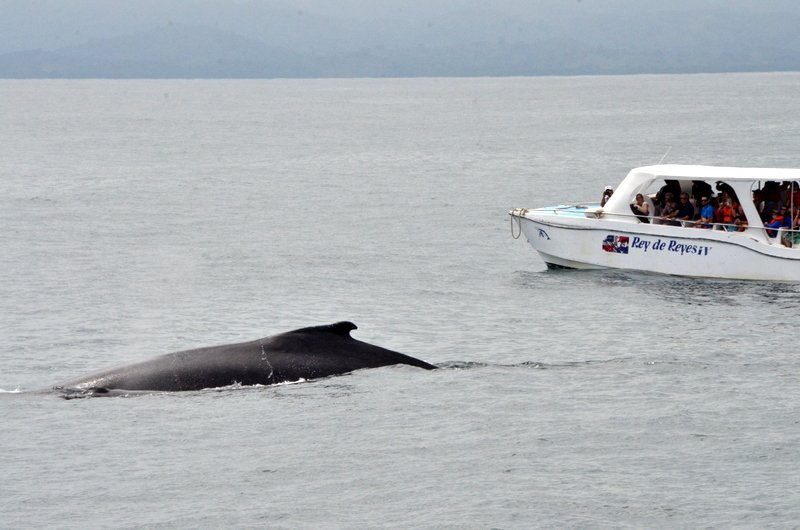
Whale Watching Excursions
We set sail from the marina and head out into the open waters of Samaná Bay. I’ve been on whale watching tours in many places around the world, including Mexico, Japan, and Sri Lanka, but the local honor system of regulations for the tour providers struck me as one of the most effective. Operators adhere to rules limiting the number of boats that may approach a whale, as well as the distance and duration of such an engagement. Companies take turns and avoid crowding or chasing the magnificent creatures who in some parts of the world suffer the harassment of overeager tourists and the boat captains and guides trying to make them happy.
But whales are not few here. Whale Samaná even offers a guarantee that if you do not see whales, your next trip is free. It’s a rather safe bet. Over the next couple hours we see numerous pairs of mother and baby, diving for one to three minutes – typically about one minute per week of age, our naturalist guide tells us. She spends a lot of time educating us about the whales, their environment, and behavior. Photos and diagrams are passed about with th lecture. No island party music blares from the speaker. Whales are identified by tail, dorsal and fin markings and our guide tells us the pair before us is the eleventh so identified this season.

Toward the end of the tour we encounter and female and two males. While the fathers don’t stick around for the calves, some males will provide a sort of escort protection, presumably to increase chances of being the next eligible bachelor. Angry bubbles break the surface of the sea, evidence that the bodyguard is sending an aggressive warning to the other male. We follow them for a bit, watching their massive backs, some scarred, rolling up into the sun and curling back into the deep blue. Plumes of vapory breath explode into the breeze before the humpbacks disappear again.
The tour is about over and the boat turns toward port, but then the captain turns off the engine. Our guide narrates as they lower a hydrophone beneath the waves. I’ve seen whales up close before, and I’ve seem them breach in the distance – breathtaking stuff. But what happens next nearly brings me to tears and raises the hairs along my arms. It’s the song of a male. Rising high and rumbling low. The entire boat offers up a collective gasp and we fall silent, stunned by the complexity of the call, the range of tones, and the knowledge that this is a living breathing intelligent creature singing, bellowing his song for miles in all directions, for his brethren to hear, for a possible mate to notice. It’s unforgettable. And while the numerous eco-activities and the natural beauty of the North Coast are enough to convince me to come here, this moment, listening to the indecipherable ancient language of one of the world’s largest creatures, is enough reason all by itself.
Hear the song of the humpback whale in my YouTube video here:
Where to Stay in the Dominican Republic north coast
SUBLIME SAMANA – in Las Terrenas

Seaside with great food, excellent for large groups or couples. The beach gets Atlantic waves so body-boarding is great here (the resort supplies body boards). Beautiful grounds and onsite spa.
VILLA AT SEA HORSE RANCH RESORT
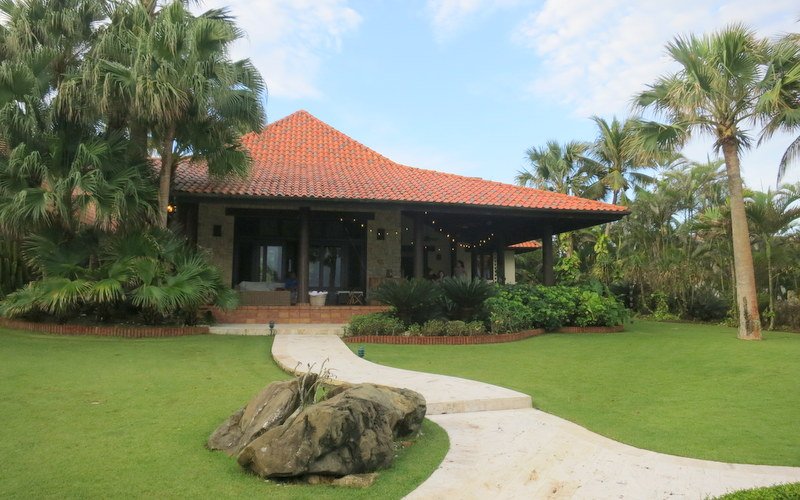
Don’t let the initial price throw you off. These villas are actually quite reasonable for large families or groups of friends traveling together. Dramatic views of the Atlantic, luxury villas, and chefs for hire to serve up fantastic meals in the villa.

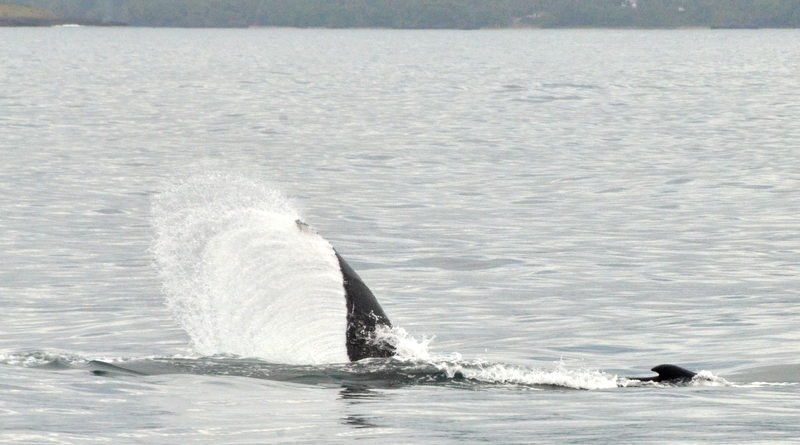

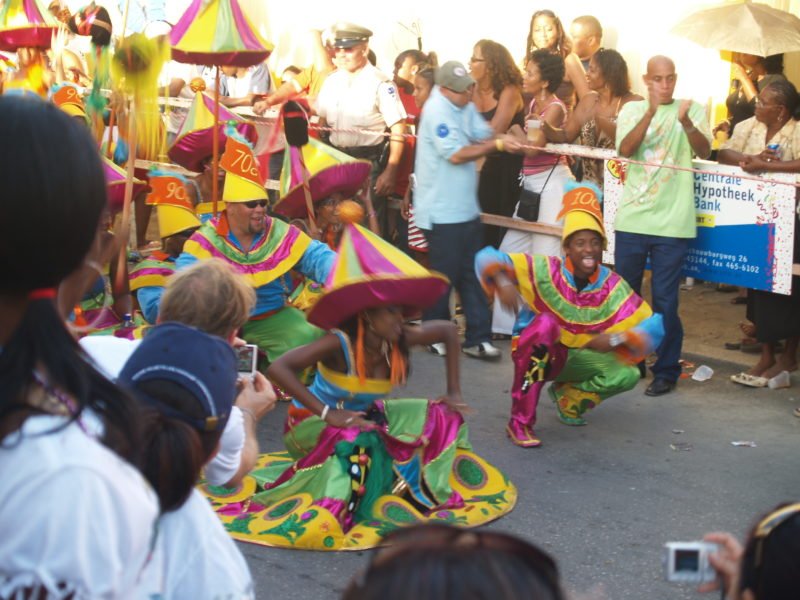
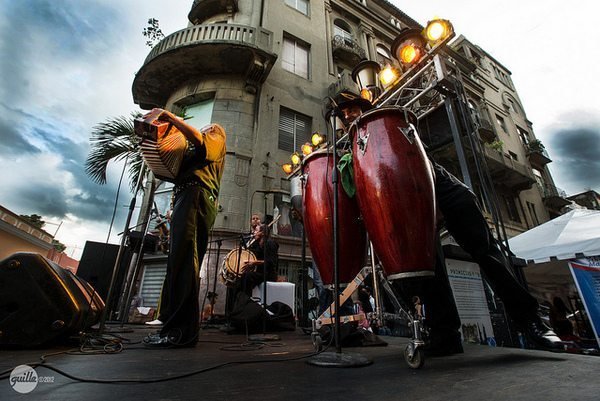

 ORDER YOUR COPY TODAY!
ORDER YOUR COPY TODAY!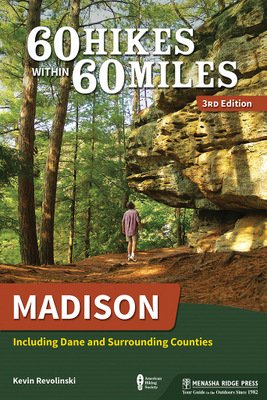 ORDER YOUR COPY TODAY!
ORDER YOUR COPY TODAY!
Pingback: 2018 in Review: Travels, Reads, and Music - The Mad Traveler
Pingback: 2017 in Review: Travels, Reads, and Music - The Mad Traveler